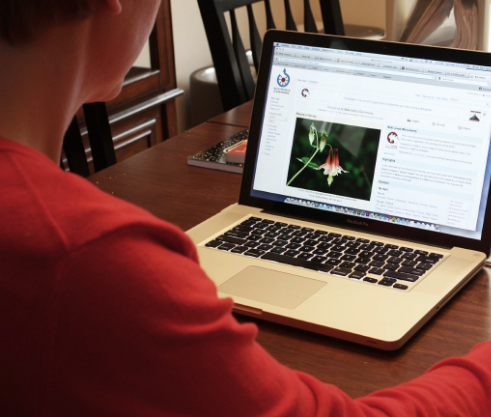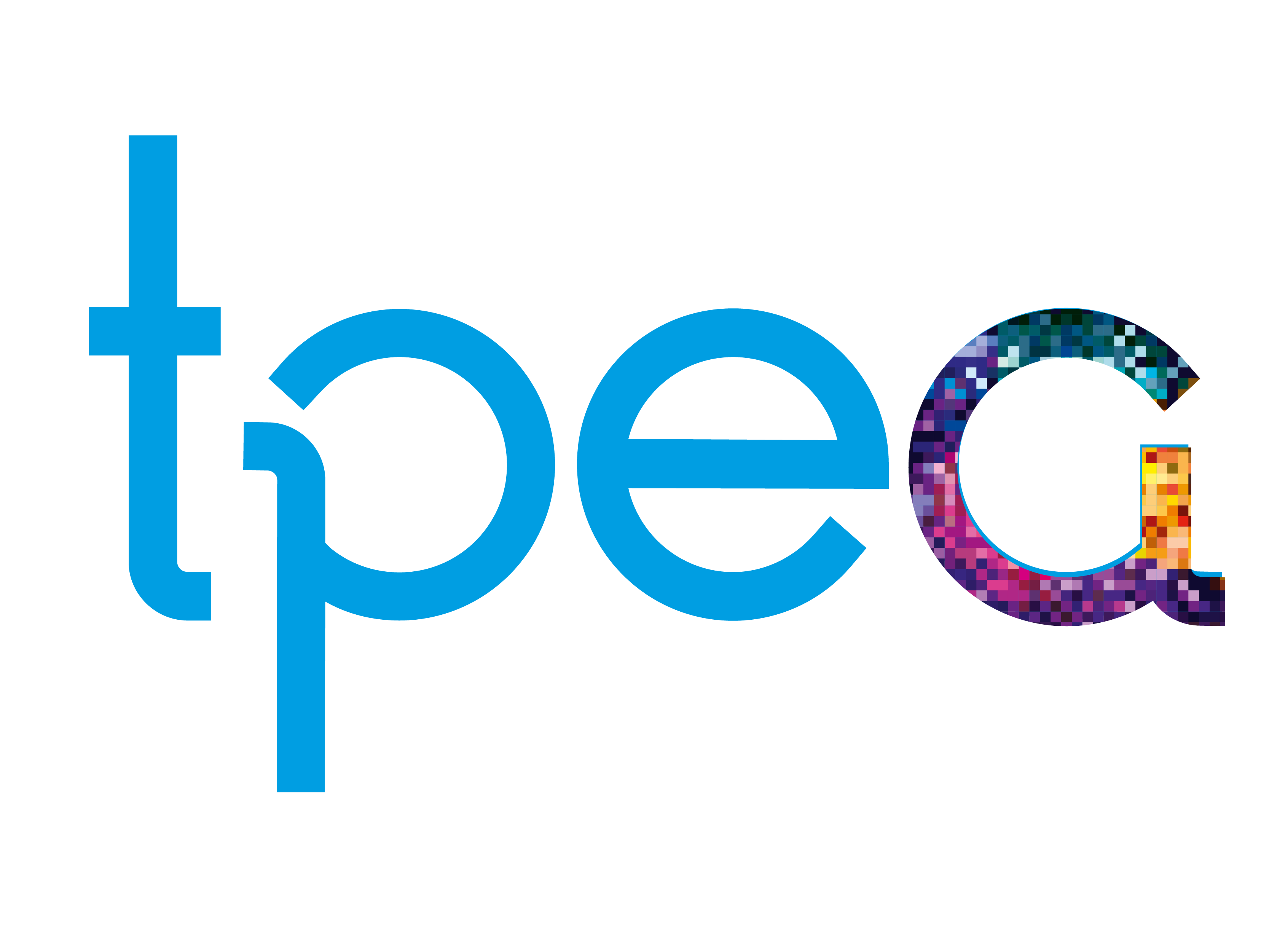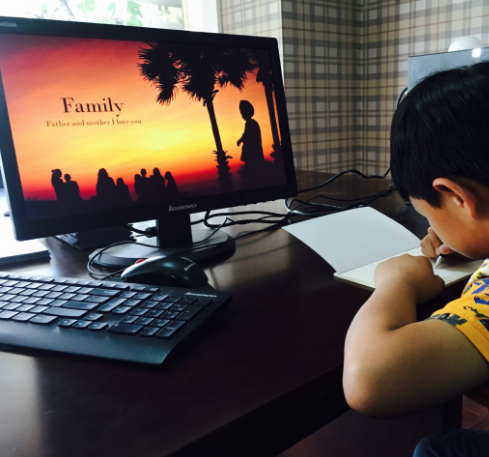
With the onset of the COVID-19 pandemic in March 2020, secondary schools across Ireland were abruptly closed and remote learning became widespread almost overnight. Teachers were forced to introduce or, at the very least, significantly increase their use of digital technology for teaching and learning. Cloud-based storage services and group-calling platforms like Zoom and Microsoft Teams ensured that the classroom was no longer confined to the school building.
We sought to determine the beliefs of Irish secondary school leaders regarding the use of digital technology in the classroom, the extent to which digital technology was used in the classroom prior to the pandemic, and whether schools were able to adapt to the increased use of digital technology brought about by school closures during the pandemic. Our study consisted of an online survey of 72 Irish secondary school leaders, accounting for approximately 10% of all school leaders nationally. The sample was broadly representative of the underlying population.
We found that although school leaders (and teachers) made a concentrated effort to continue the provision of teaching and learning during the pandemic, they reported that it was significantly compromised in most cases. Notably, this reduction in efficacy was most pronounced in schools serving socio-economically disadvantaged areas and rural schools. While a number of factors contributed to this, evidence of a “digital divide” was noted whereby school leaders acknowledged that access to devices at home hampered students’ learning. Additionally, our research highlighted that frameworks in which the use of digital technology in schools is conceptualised do not generally take into account the quality of students’ home learning environments.
The results of our study also demonstrated school leaders’ willingness to further expand and embed technology for teaching and learning in Irish secondary schools in post-pandemic times. However, we note that the success of this expansion will be dependent on a number of issues. For example, if remote learning is to remain a part of teaching and learning after the pandemic, it is crucial that the student’s home is recognised as a key space where learning takes place. Therefore, ensuring equity of access to relevant infrastructure (e.g. high-speed internet) needs to be prioritised in educational policy and spending.
Finally, our research indicated that teachers lacked proficiency and knowledge on the appropriate pedagogical strategies that should inform technology-based teaching and learning. The provision of Continuous Professional Development will play a key role in ensuring that technology use for teaching and learning in the future is as effective as possible. Leaders, while cautious, were optimistic that the lessons learned from remote learning would improve future practice with one respondent noting that digital tools and techniques for teaching and learning are ‘no longer scary’ for Irish schools.
Scully, D., Lehane, P. & Scully, C. (2021). ‘It is no longer scary’: digital learning before and during the Covid-19 pandemic in Irish secondary schools. Technology, Pedagogy and Education, 30(1), 159-181. DOI: 10.1080/1475939X.2020.1854844






